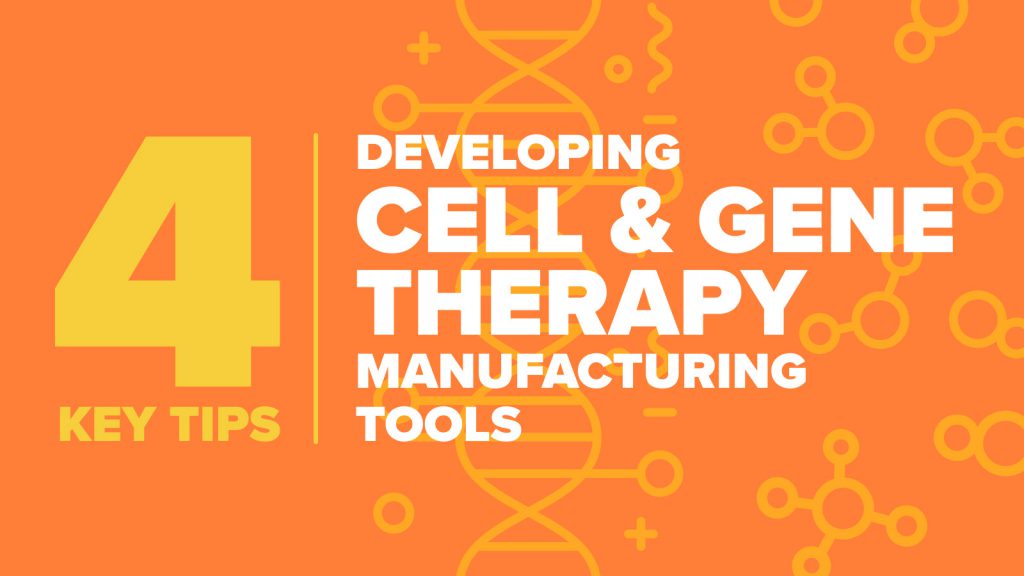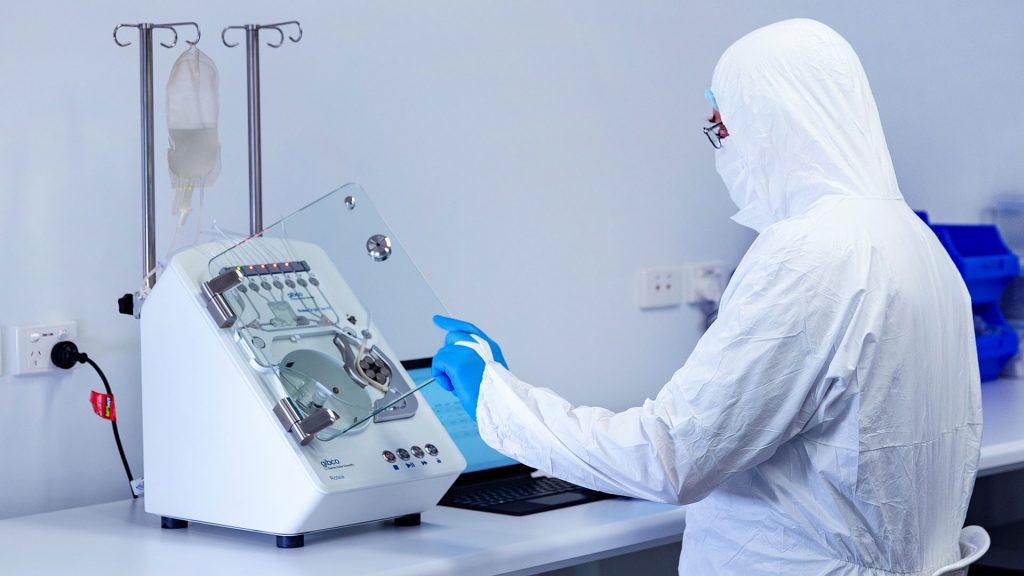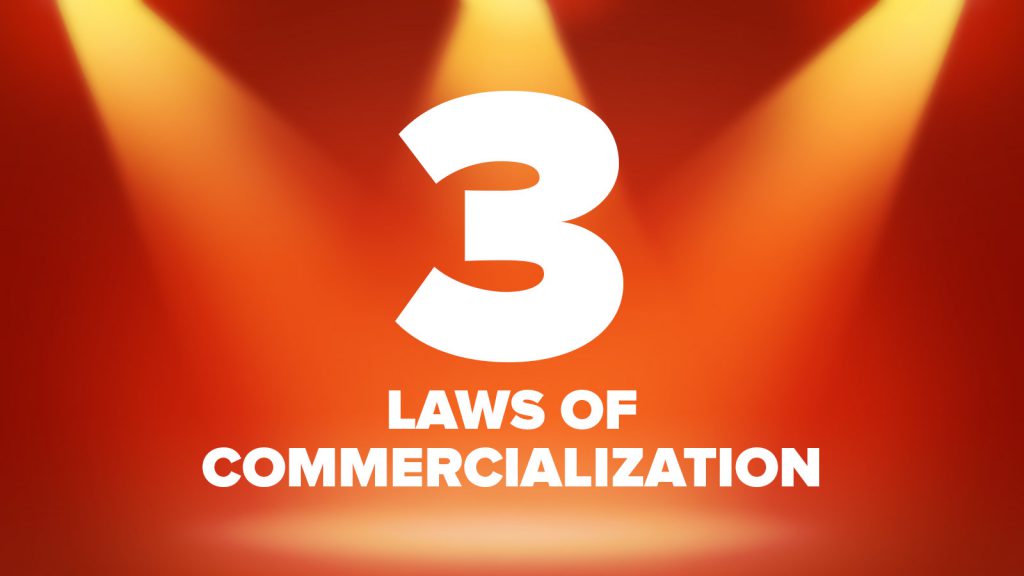
Developing a cell and gene therapy tool is not just a scientific challenge but also a significant financial undertaking. It requires a thoughtful roadmap that anticipates and mitigates common obstacles ensuring early adoption and the creation of a robust, user-focused commercial product.
Financing the development by bootstrapping often proves inadequate due to the intricacies and costs associated with development. Consequently, most developers seek external funding sources to develop and commercialize their product. This funding will usually come from a diverse mix of investors, including angel investors, venture capitalists and corporate entities.
After a boom in biotech funding in 2021, the market has recalibrated to pre-pandemic levels. Today’s investors are more discerning and cautious. In this competitive funding environment, a lofty vision and an impressive CEO are not enough to win funding. Investors are now looking for tangible evidence of an unmet need that your product addresses – a need that current solutions do not fulfill. This requirement includes verifiable data, a strong execution to plan and judicious use of funds.
In this article, we share insights from investors on what they prioritize when evaluating funding opportunities in the realm of cell and gene therapy tools. Understanding these perspectives is crucial for innovators and entrepreneurs seeking to successfully navigate this challenging yet promising landscape.
What problem are you solving?
Investors invariably start with the fundamental question: “What problem does your tool solve?”
For developers of cell and gene therapy manufacturing tools, the answer often lies in addressing an unmet need in the current manufacturing process. It’s crucial to clearly articulate not just the problem, but how your solution is uniquely positioned to solve this problem.
The follow-up question usually concerns the problem’s severity: “Is this problem significant enough that your target customers would adopt a new technology to address it?” As noted by Planet Innovation’s CEO Stuart Elliott in this article, most people are very hesitant to adopt new technologies. In general, they would rather make do with their ‘good enough’ product or continue their workaround, than invest the time and effort in trying something new. This reluctance is particularly pronounced in cell and gene therapy development, where adopting new tools involves substantial costs such as an initial investment, training, and revalidation. Your tool must offer substantial time or cost savings to be considered for adoption. Investors will expect evidence that you’ve engaged with potential customers to validate this need and their willingness to invest in a solution.
Investors will also need to understand the size of the addressable market and ensure you have actionable knowledge as to the competitive landscape. To avoid overestimating the market potential, we suggest you adopt a targeted approach with a clear “ideal client” profile for execution.
Companies that secure funding successfully demonstrate how their solution stands out in enticing early adoption. They clearly explain the precise market need their product addresses, its unique value, and their distinct ability to offer an effective solution.
What is your product vision and strategic plan to achieve it?
To attract funding, a company should have a product vision that solves a clearly identified customer problem, backed up by a robust implementation plan including milestones and budget. Key milestones and deliverables may include a feasibility study, Alpha prototype, Beta prototype, and user testing.
As development progresses, so will funding needs. Having evidence of how you’ve executed your plan and achieved milestones is essential to continue attracting follow-on investment. As Daniella Kranjac, a Founding Partner and Managing Director at life sciences focused Dynamk Capital, said during the ‘Investing in cell and gene therapies – deal makers and deal breakers’ panel session at Meeting on the Mesa last October, judicious execution to plan and milestone achievement are essential for continued investment.
Cash burn rate is another critical factor for investors – and the leaner the better, particularly in the early stages. We recommend focusing on a minimal viable product (MVP) that delivers the core value proposition. The sooner you have a working prototype, the sooner you can test it with users, and gain the real market feedback that is essential for refining your product and bolstering your investment case. According to a report by L.E.K Consulting, many life sciences companies are recognizing the need to control cash burn and drive towards profitability as soon as possible. Developing an MVP will allow you to start earning revenue and progressing towards profitability sooner. This moves developers away from a feature-rich, bells and whistles product development straight out the gate.
And when you are executing your plan, don’t wait for an annual report to let investors know when you’ve hit milestones. As Ms Kranjac also said at Meeting at the Mesa, you should be frequently communicating with both current and potential investors to demonstrate you are a company that steadily progresses to reach key milestones. A suggestion would be to add potential clients to your communication plan – investors want to be able to call up a drug developer and have them sing your tool’s praises. A potential client is your best spokesperson if they agree with your value proposition and have had a good experience with your product.
Reinforcing the previously discussed concepts, Xcellbio exemplifies the strategic acumen required for success in the cell and gene therapy sector. Their adeptness in securing a significant US$27.5 million in funding during 2022 propelled their research and development pursuits. This influx of capital led to a fruitful collaboration with Labcorp, centered around the innovative use of their AVATAR platform. In this partnership, Xcellbio and Labcorp collaboratively enhanced the capabilities of CAR T cells, addressing the known challenges presented by solid tumors. Their joint research significantly improved the cells’ effectiveness and endurance, producing crucial data and intellectual property. These advancements were showcased at leading scientific conferences in 2023, further validating Xcellbio’s market presence and the robustness of their technological solutions. Beyond obtaining financial backing, Xcellbio’s tactical approach and focussed implementation forged essential early adopter alliances, reinforcing their position as a significant player in the dynamic realm of cell and gene therapy.
Build an experienced team – or work with one
Investor confidence hinges not only on your vision, but on your team’s ability to actualize it. For complex products like cell therapy manufacturing tools, it is essential to showcase a team with both technical and commercial acumen, underscored by a proven execution track record.
Your company needs access to the right resources to support and expediate milestone achievements. Recruiting and maintaining an in-house team is time-intensive and costly, often leading to an increased cost base and prolonged timeframes in reaching key milestones. So while retaining core technology expertise in-house could be best, outsourcing design and engineering aspects to a seasoned professional development partner can be more cost-effective and efficient.
Partnering with a development firm can offer the advantage of tapping into an existing, cohesive team already functioning at its peak. These firms operate like well-oiled machines, equipped with the processes and capabilities to swiftly meet key project milestones. This relationship with a development partner helps build investor confidence in your ability to meet strategic goals within agreed upon timelines.
Bringing it all together – Crafting a compelling investment case
In the dynamic and challenging landscape of cell and gene therapy tool development, success hinges on a multifaceted approach. It starts with a deep understanding of the market need and a clear vision of how your tool uniquely addresses this need. Backing this vision is a strategic plan, supported by well-defined milestones and a lean budget. Equally crucial is assembling a competent team, whether through in-house expertise or strategic outsourcing, to turn this vision into reality. By combining these elements—clear problem identification, effective solution articulation, strategic planning, and skilled team execution—you create a compelling narrative that resonates with investors. This approach not only secures initial funding but also fosters ongoing investor confidence, paving the way for continued support and success in the fast-evolving world of cell and gene therapy.
Want to learn more? Get in touch.








